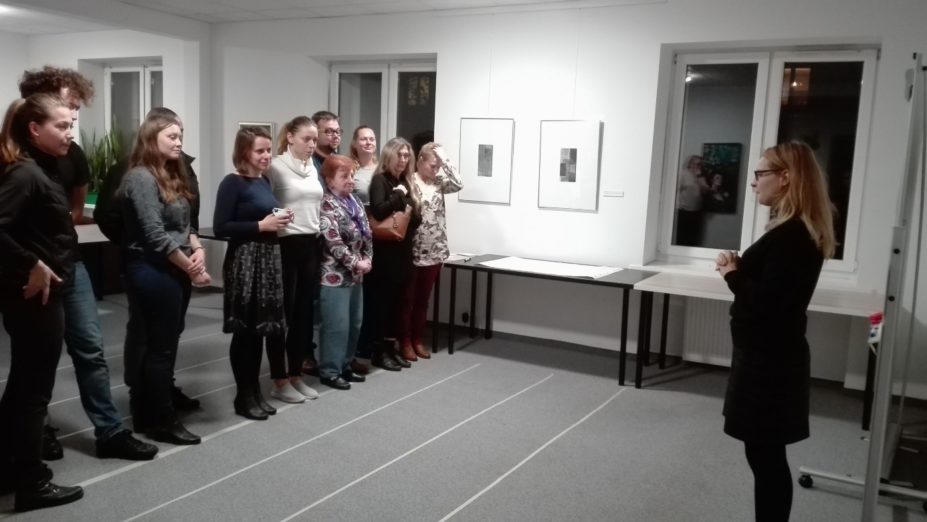 Tools and methods
Tools and methods
- Cultural planning phase Visioning
- Purpose Creating a vision, cooperating with residents, preparation
- Participants: Residents, NGOs, companies, all age groups
- Number of participants: 5–20
- Author
Building Conversations
Tools and methods
Time loop
When it is useful
The script for this conversation has been created to allow us to look at current dilemmas from various perspectives in time. The conversation is inspired by the theory and practice of an indigenous community living in the Great Lake District in Canada. Before making important decisions, members of the tribe first consult their ancestors (seven generations back), and then they consult their descendants (7 generations into the future). Building Conversations has developed a workshop scenario to bring a long-term perspective to the discussion. When talking about decisions concerning our neighbourhood, district or city, this perspective is necessary to combine the past and its heritage with responsibility for the future. During the workshop a group interested in the fate of a place meets and moves around the room, taking different points in time as perspectives on specific dilemmas of the present.

Step by step instruction
- Find a place in the neighbourhood, a fairly large room, where a group of people can move around freely.
- Invite people who live and work in the neighbourhood you are going to talk about. You can also invite other people who can be an important voice in deciding the future of the neighbourhood.
- Prepare the room: remove any pieces of furniture or objects which may get in the way, put lines on the floor (e.g. painter's tape), starting from the middle of the room. The middle line represents the present. Place 4 more lines on the right. Each line represents a point in the future, e.g. 1 – 10 years from now, 2 – 100 years from now, 3 – 1000 years from now, 4 – 10 000 years from now (you can also choose other intervals that are important to you but remember that we should focus on the very long term). Similarly, on the left side, place 4 lines which will symbolise points in the past, e.g. 1 – 10 years ago, 2 – 100 years ago, 3 – 1000 years ago, 4 – 10 000 years ago (remember to use the same time intervals as for the future).
- Invite participants to stand on line one of the past. Ask them to close their eyes and think about what life was like in that place at that time, what problems preoccupied the people living here. After about 1 minute, move on to the next point in time, asking the same questions about the past and future. Everything is done in silence.
- When you have gone through all the points in time, you can return to the present. Together, choose the most important decision to be made or the problem to be solved, which concerns this place today.
- The discussion starts when all participants take their places on the time lines, which symbolise the points of view of the people living at a certain time in this place. During the discussion, the participants move around the room, taking different time perspectives, freely choosing and changing ‘times’. The discussion lasts one hour.
- The summary and reflections can take any form. If you want to use the knowledge in further steps of the process, it is useful to write down your observations about the atmosphere, the most important questions and problems that arose during the discussion.

